Oslo: 24th position in our ranking

At 24th position in our ranking based on the results of our survey, it is obvious that Oslo could have gone further. In the overall review of categories, Oslo gets a special mention for its strong educational offer, where it ranks ninth on the list.
As the capital of Norway, Oslo is one of the most important cities in Northern Europe and one of the most convenient places to get around on foot. The streets of Oslo exude a great energy, making living in the city a very satisfying experience that attracts thousands of foreigners from all over the world. It ranks near the bottom of Europe’s best cities to live in, in line with other capitals marked by their climate and international impact.
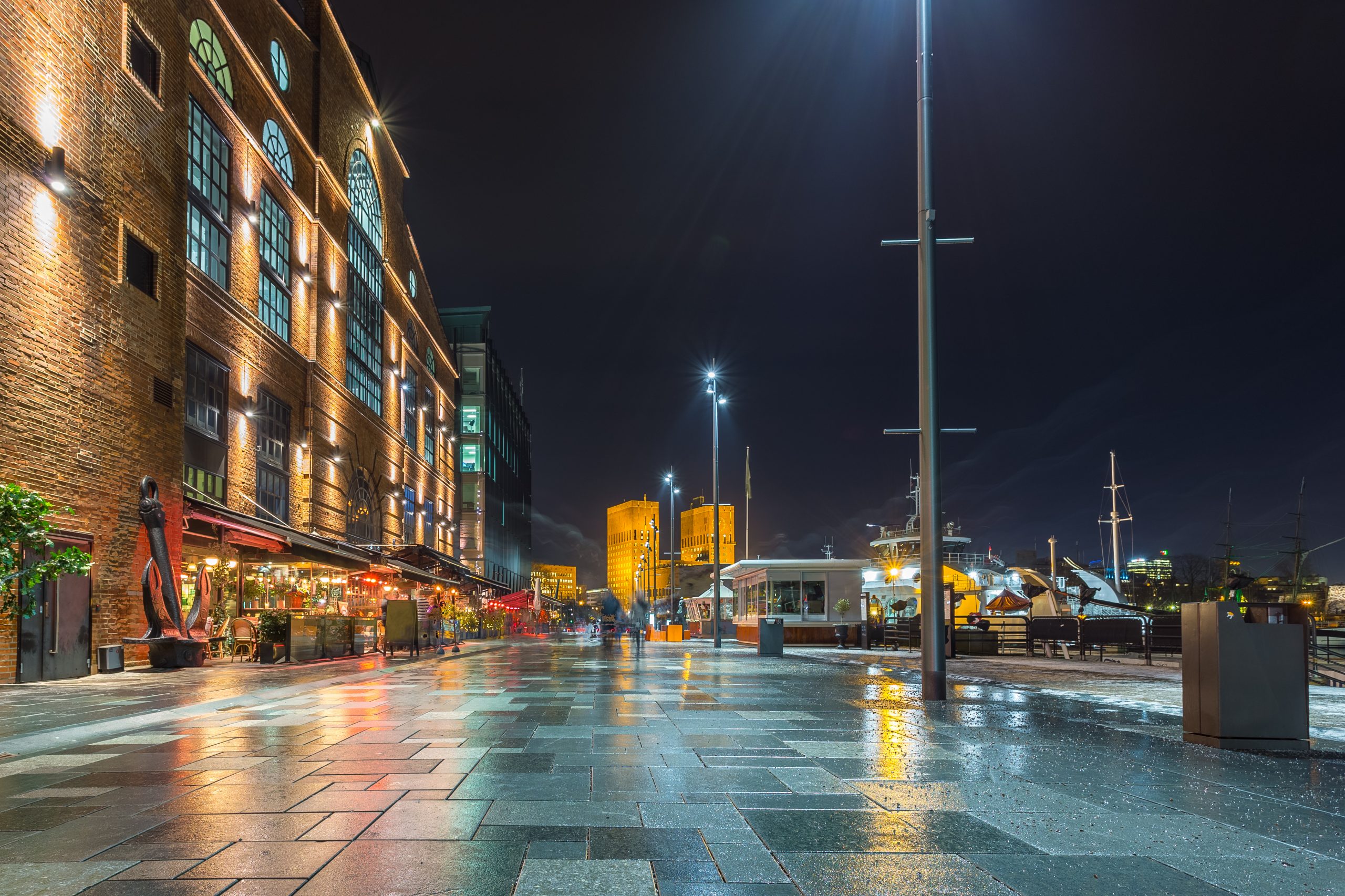
Oslo’s environment is very humid, with the city having one of the highest levels of humidity in Europe. The environment is cold throughout the year and it is advisable to keep layered clothing to cope with the temperatures and sea breezes even in summer.
Snow and low temperatures mean that winters are very cold and night-time temperatures can drop below -5 degrees Celsius. Snowfall begins in December but lasts for several months, even into early March.
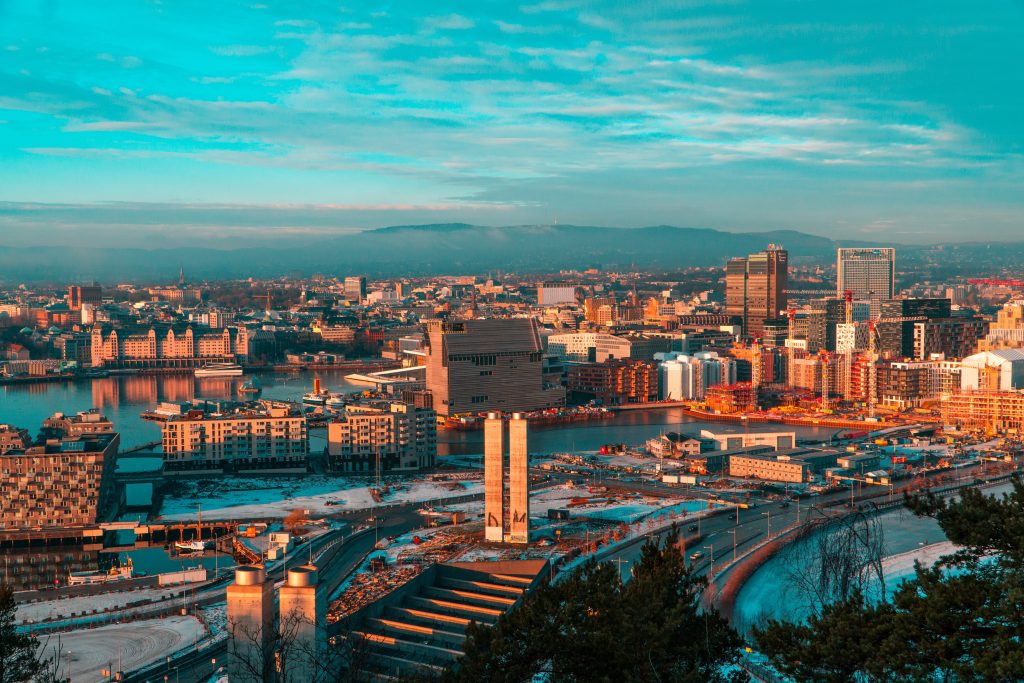
Working in central Oslo means that you don’t have to rely on public transport, as you can easily get there on foot. But if you do need it, there is a network of different means of transport that works well, both combining stations and independently.
It is possible to use the six metro lines, which cover a large part of Oslo’s size quickly. Buses are useful at any time, but provide good support, especially at night. In addition, there is a tram system which is designed for outer areas rather than the centre as in other European cities.
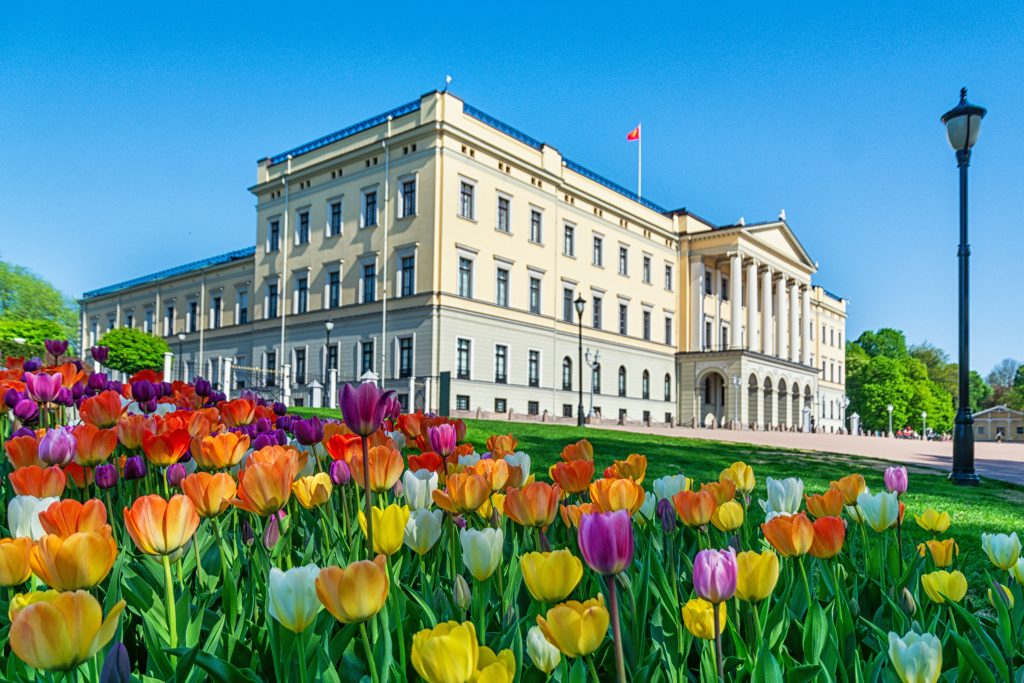
Oslo has one of the highest percentages of students who go on to university education, which also makes the city stand out from other places in terms of the number of professionals trained for the most demanding jobs.
Local institutions combine efficiently with international schools such as The British School of Oslo, the Oslo International School or the Norlights International School Oslo. As in most major European cities, there are also schools where education is available in French or German. This great support helps Oslo to get the ninth position in the ranking of cities in Europe with the best educational system and proposal.

Living in Oslo is synonymous with enjoying intense, energy-charged food that helps, above all, to get through the cold periods in a more convenient way. There are recipes such as fårikål or smalahahove that bring out the best in lamb and prepare it with different regional flavours. For fish some of the best recommendations include lutefisk, smoked salmon or rakfisk.
Not least, the city has some highly recommended sweets that add the perfect touch to breakfast or moments of sweetness throughout the day, such as kanelsnurrer cinnamon rolls or hveteboller buns that are good for the stomach at any time.
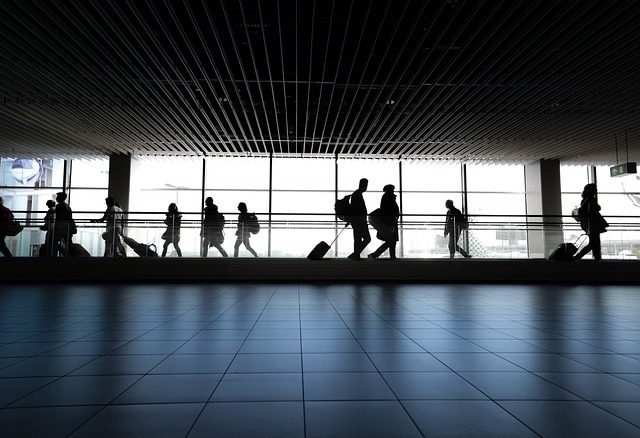
Known as Oslo-Gardermoen Airport, this is the nation’s main airport and has a large number of international connections, mainly to destinations in Europe. However, there are also airlines operating and receiving flights from parts of the world such as Asia and America.
Apart from that, the airport is also one of the most important points for the industry in domestic terms, with more than 20 domestic routes covering most of Norway. The distance from Oslo is around 50 km.
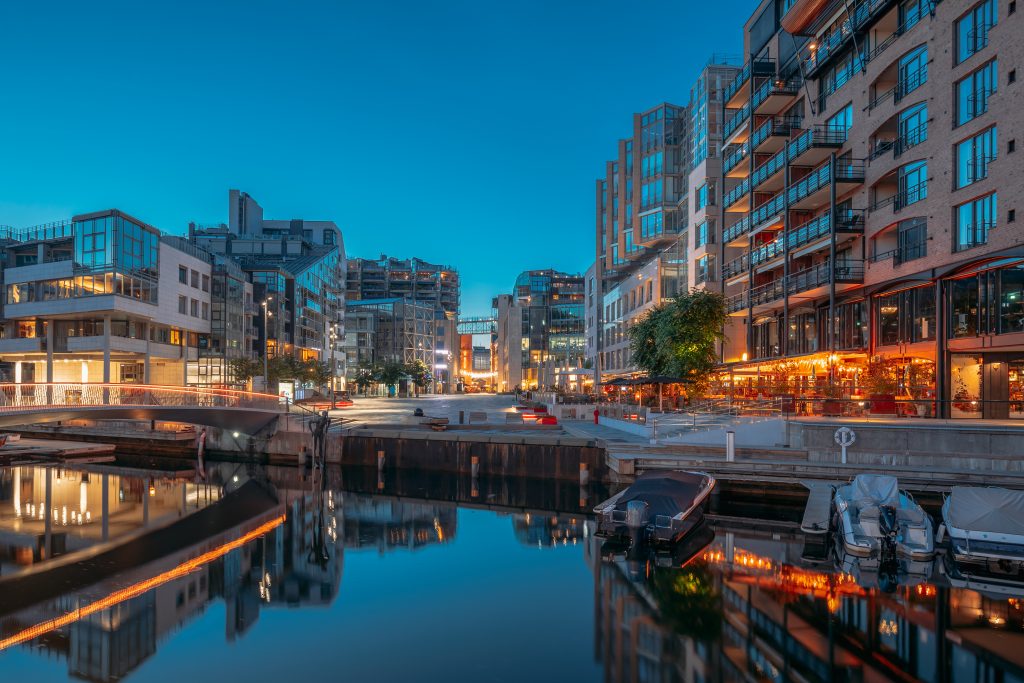
Like many other parts of Norway, Oslo is a quiet and safe place. The situation has changed considerably since the 1990s, when a period of increased control and security began that has been the envy of other cities across the nation.
Living in Oslo, you just have to watch out for pickpockets in tourist areas and possible encounters with people who, in the early hours of the morning, may have lost control due to alcohol. But this is a city that has no particular areas that do not feel safe.
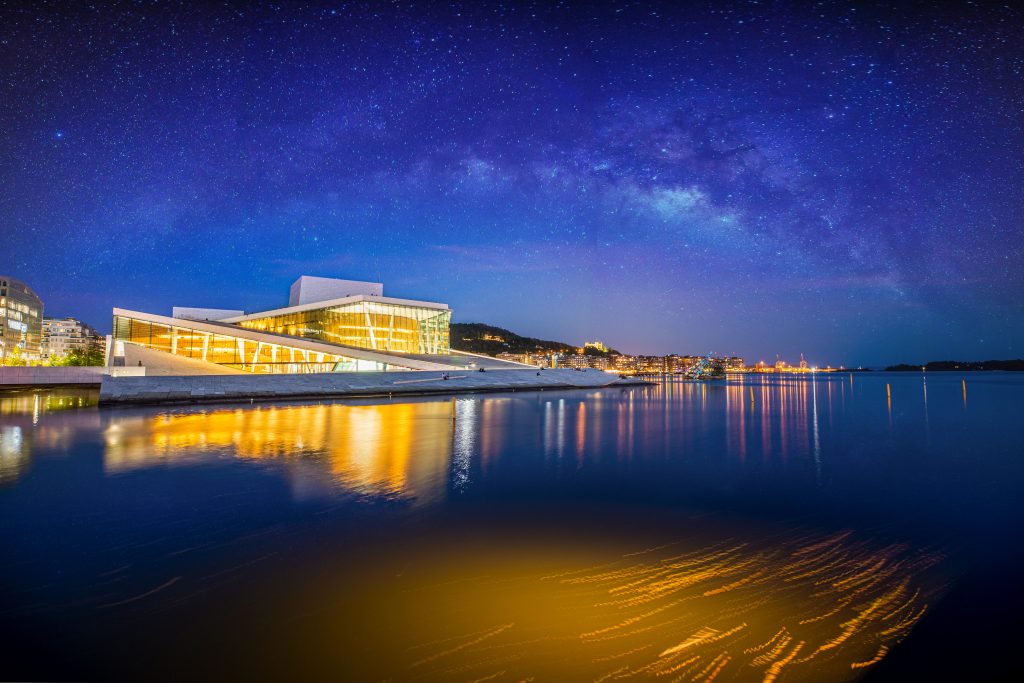
Few cities are as green as Oslo, where about 50% of the city’s size is made up of forests, parks and other green areas. This helps the city to be one of the most environmentally friendly places to build, while protecting natural areas.
Its profile as a green city is complemented by more environmental initiatives where residents work together to achieve common goals. It is also working to reduce carbon emissions as much as possible and to opt for alternative energy sources to give the city a more sustainable boost.
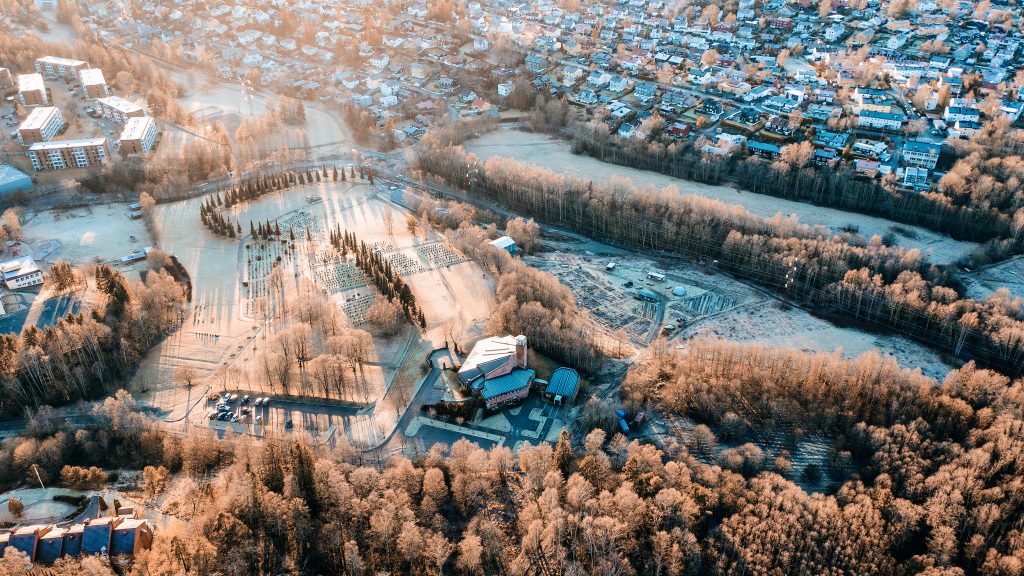
Our respondents do not believe that the affordability of the cost of living in Oslo is worthy of a place in the top 10, mainly because of the high cost of renting a home. It is difficult to find a house or flat to live in with the conditions and prices of other European cities.
Other common monthly expenses, such as utility bills, food and entertainment, also have costs that are above average.
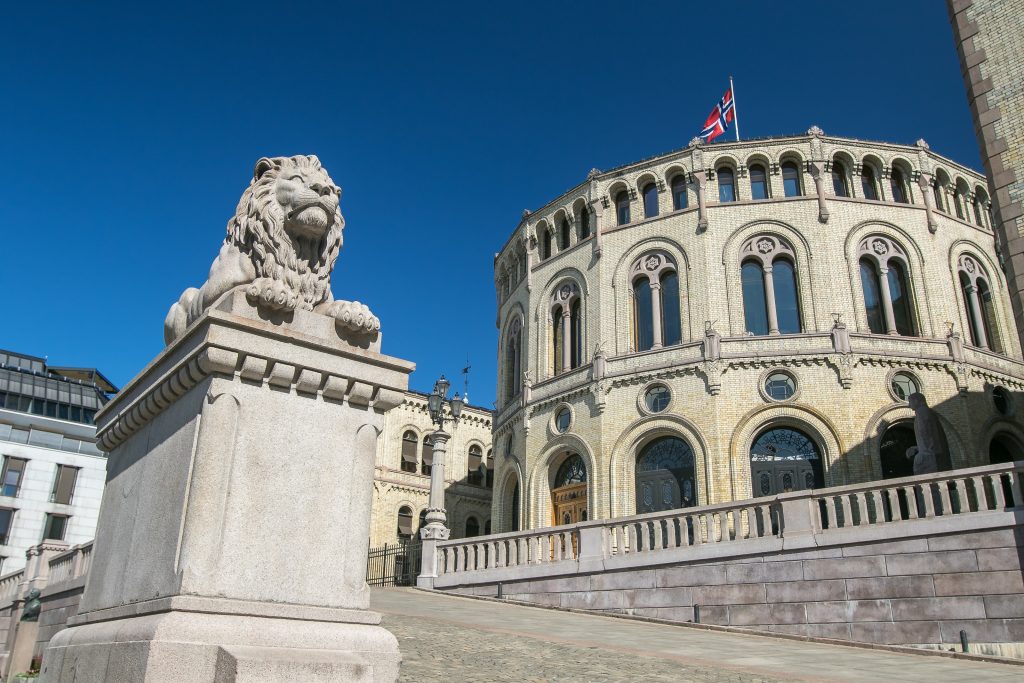
Although Oslo lacks more cultural popularity at the moment, the city government is investing heavily in strengthening its cultural offerings. New museums have been built in recent times and the variety of cultural activities has been strengthened in order to provide more opportunities for those living in the city.
Places worth visiting include the Fram Museum, the Kon-Tiki Museum and the Bygdøy, where you can explore Norwegian history in the Viking era.
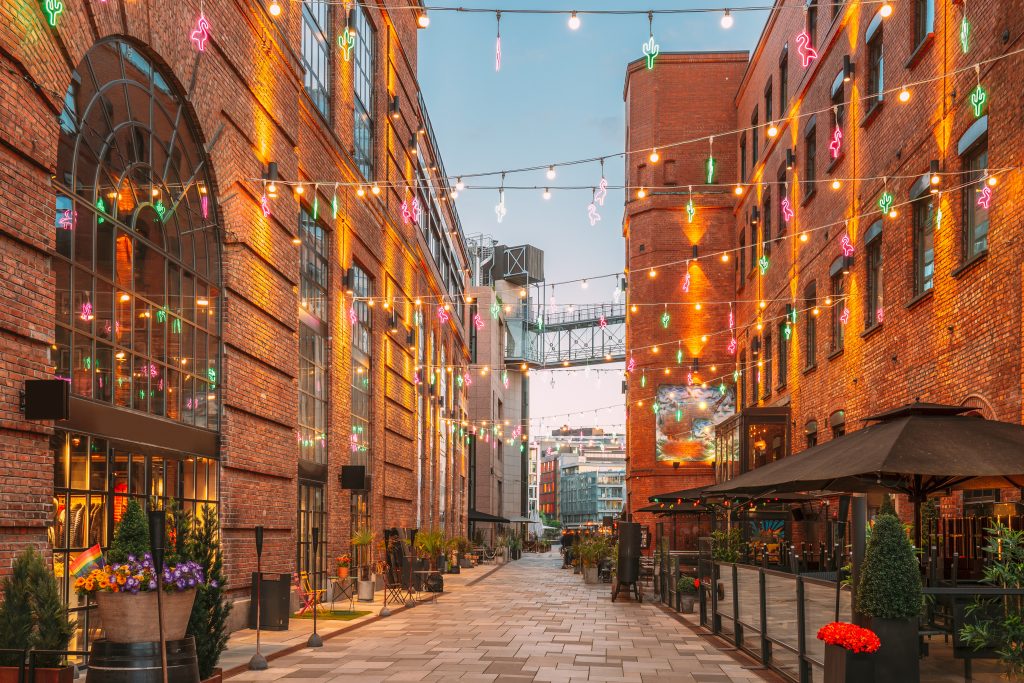
Families who like to shop often frequent shopping areas such as Aker Brygge, Karl Johans Gate or the Grünerløkka district. There are also numerous trendy shopping centres such as Paleet or Storo Storsenter.
The TusenFryd amusement park provides great fun at all times and for other activities there are interesting places such as Studenterlunden Park or Vigeland Park.
